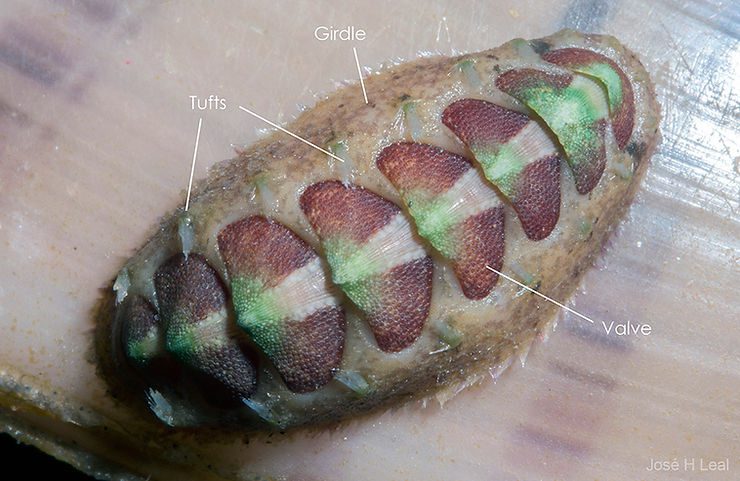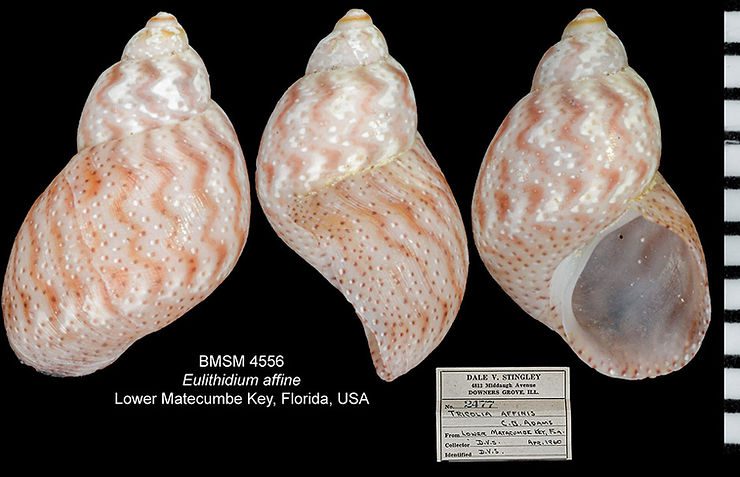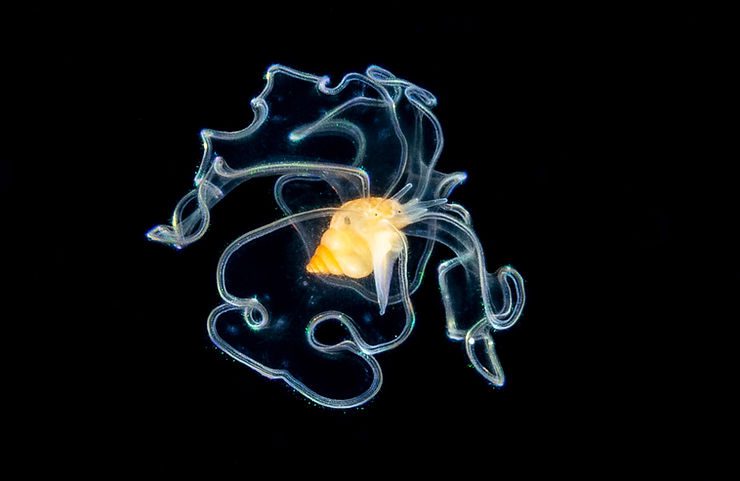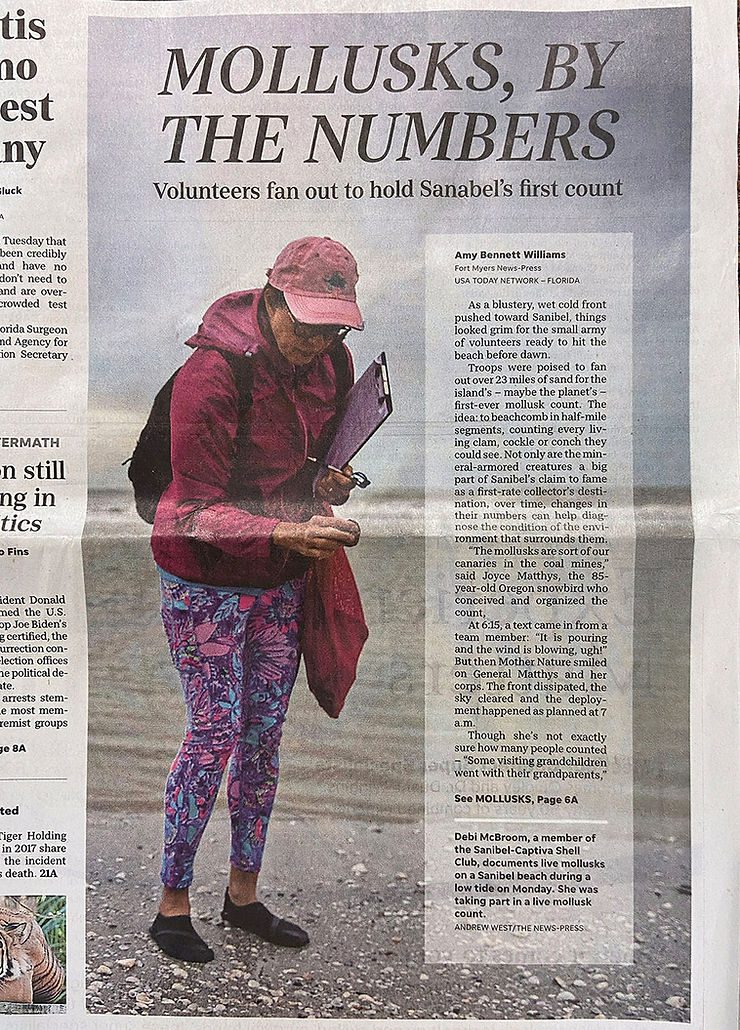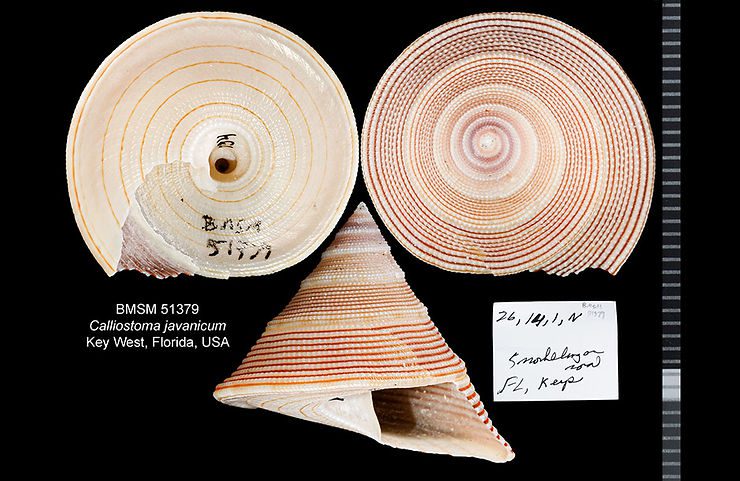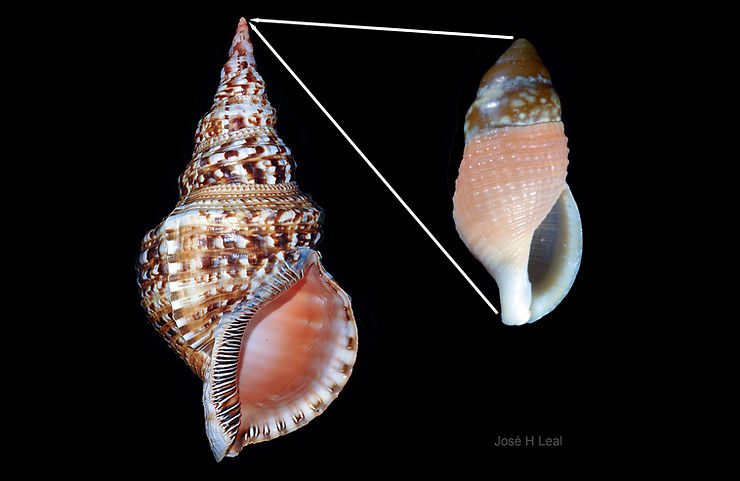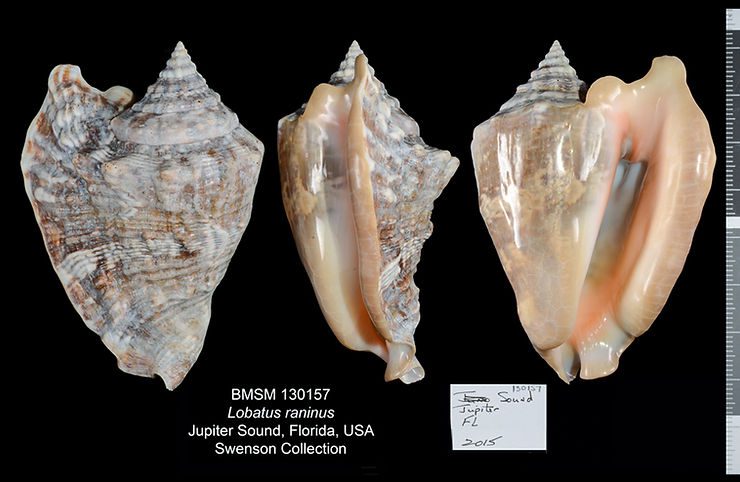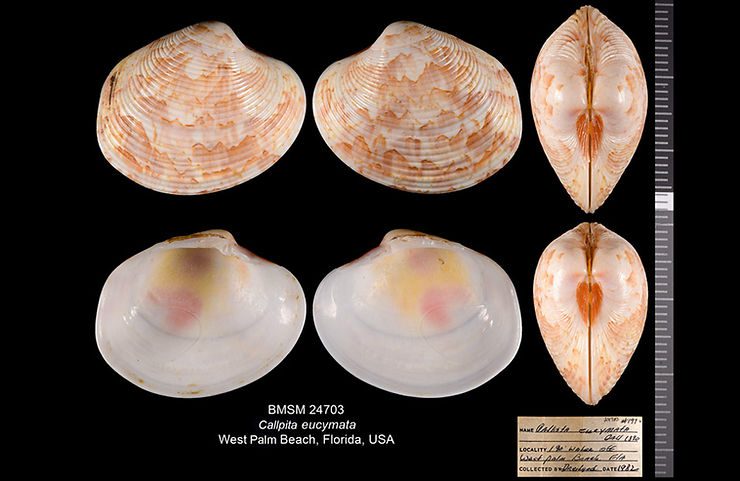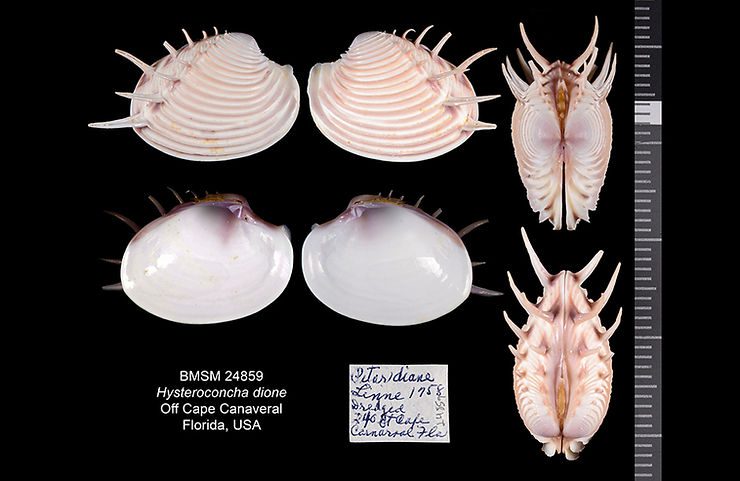
Shell of the Week: The Elegant Venus Clam
The Elegant Venus Clam, Hysteroconcha dione (Linnaeus, 1758), is found in the Caribbean but may be found sporadically off the East Coast of Florida and the Florida Keys. The Elegant Venus Clam has its shell festooned with two rows of prominent spines on the posterior end of each valve. In many sand-burrowing bivalves such as the Elegant Venus Clam, the posterior end faces up, and sometimes sticks out of the sand. The positioning of spines along the posterior end of the shell suggests that they h
